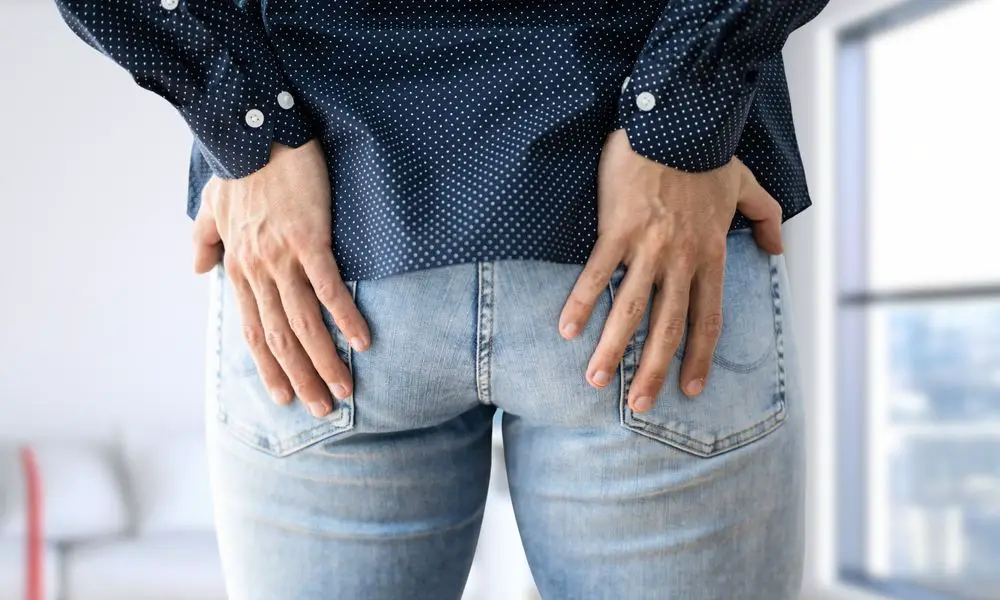Can Dairy Cause Keratosis Pilaris? Unveiling the Truth
As a beautician, you understand the complexities of skin conditions and the impact that diet can have on skin health. One condition that many clients may inquire about is keratosis pilaris, a common skin condition characterized by small, rough bumps on the skin. A question that often arises is whether dairy consumption could be a contributing factor to this condition. In this article, we will explore this intriguing topic to help you better guide your clients.

Understanding Keratosis Pilaris
Keratosis pilaris is a genetic skin condition that affects a large number of people. It occurs when keratin, a protein that protects the skin, builds up and forms a plug that blocks the opening of a hair follicle. This results in the characteristic rough, bumpy skin, often described as 'chicken skin.' While it is not harmful, it can be a cosmetic concern for many individuals.
To gain a deeper understanding of the condition, you might want to check out this comprehensive guide on keratosis pilaris.
The Role of Diet in Skin Health
Diet is a crucial factor in maintaining skin health. As a beautician, you are likely familiar with how certain foods can influence skin conditions. For example, foods high in sugar and processed ingredients can exacerbate acne. Similarly, the question arises: can dairy consumption affect keratosis pilaris?
For more insights on dietary impacts on skin, you can explore this article on vitamin deficiency and KP.
Can Dairy Cause Keratosis Pilaris?
The link between dairy and skin conditions is a topic of ongoing research and debate. Some studies suggest that dairy products might exacerbate certain skin conditions due to hormones and bioactive molecules present in milk. However, there is limited direct evidence linking dairy consumption specifically to the development or worsening of keratosis pilaris.
It is essential to consider individual differences. Some people may notice an improvement in their skin after reducing dairy intake, while others may see no change. It might be beneficial for clients to keep a food diary and observe any correlations between their diet and skin condition.
Understanding Individual Sensitivities
Understanding individual sensitivities is crucial when advising clients. Encourage them to be mindful of any patterns they perceive between their diet and skin health. If a client suspects a link between dairy and their keratosis pilaris, a trial elimination of dairy might be worth considering. However, it is always best to consult with a healthcare professional or dermatologist before making significant dietary changes.
Alternative Approaches to Manage Keratosis Pilaris
While diet plays a role, there are other effective ways to manage keratosis pilaris. Regular exfoliation and moisturizing can help reduce the rough texture of the skin. Products containing urea, lactic acid, or salicylic acid are often recommended.
For more information on skincare treatments, you might find this article on urea cream for keratosis pilaris useful.
Conclusion: A Personalized Approach
In conclusion, while there is no definitive answer to whether dairy causes keratosis pilaris, paying attention to individual dietary triggers can be helpful. As a beautician, guiding your clients towards a holistic and personalized approach to skincare, considering both external treatments and dietary factors, can yield the best results.
For further reading, consider exploring how sleep affects skin health, which is another critical factor in skin management.

FAQ
Q: Can eliminating dairy improve keratosis pilaris?
A: Some individuals report improvement in their skin condition after reducing or eliminating dairy, but results can vary. It is advisable to monitor personal responses.
Q: What other dietary factors can influence keratosis pilaris?
A: Along with dairy, foods high in sugar and unhealthy fats might also impact skin health. A balanced diet rich in vitamins and minerals is recommended.
Q: Are there specific products that can help manage keratosis pilaris?
A: Yes, products containing exfoliating agents like urea, lactic acid, and salicylic acid can help improve the texture of the skin affected by keratosis pilaris.

